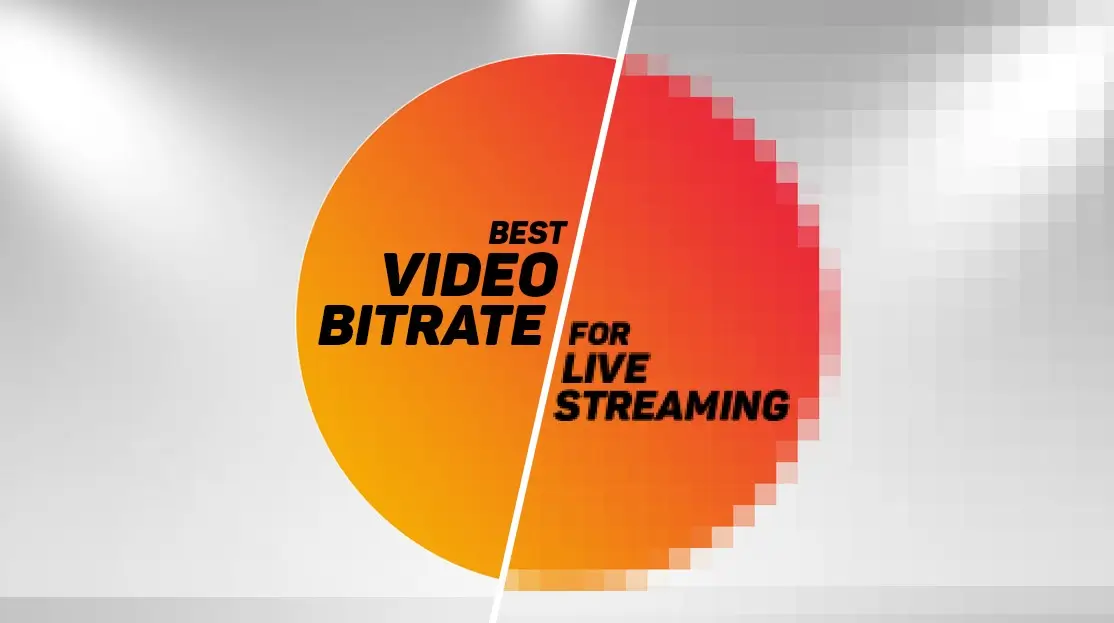Certainly! Here’s a complete article titled “Understanding the Differences Between VBR, ABR, and CRF”, written in an informative and accessible tone:
Understanding the Differences Between VBR, ABR, and CRF
When working with video encoding and compression, understanding bitrate control methods is crucial to achieving the right balance between quality and file size. Three commonly used methods—VBR (Variable Bitrate), ABR (Average Bitrate), and CRF (Constant Rate Factor)—play distinct roles in how video data is managed. Whether you’re a content creator, video editor, or just exploring how streaming works, knowing the differences can help you make smarter encoding decisions.
What is Bitrate and Why It Matters?
Bitrate refers to the amount of data processed per second in a video file, usually measured in kilobits per second (kbps) or megabits per second (Mbps). A higher bitrate typically means better quality but also a larger file size. Choosing how to control this bitrate is where VBR, ABR, and CRF come into play.
1. VBR (Variable Bitrate)
Definition:
VBR adjusts the bitrate dynamically depending on the complexity of the video scene.
How it works:
- Complex scenes (e.g., fast motion, high detail) are encoded at a higher bitrate.
- Simple scenes (e.g., still images, low detail) use a lower bitrate.
- The goal is to maintain consistent quality across the video.
Pros:
- Better overall quality-to-size ratio.
- More efficient than constant bitrate (CBR).
- Ideal for offline storage and archiving.
Cons:
- Encoding takes longer.
- Bitrate spikes may cause streaming issues if not buffered properly.
2. ABR (Average Bitrate)
Definition:
ABR tries to maintain a specified average bitrate throughout the video, balancing quality and file size.
How it works:
- Like VBR, it allows fluctuation in bitrate depending on scene complexity.
- However, it aims to meet a target average bitrate by the end of the video file.
- Often used in single-pass encoding for faster processing.
Pros:
- Predictable file size.
- Faster encoding than two-pass VBR.
Cons:
- Less efficient than CRF in quality optimization.
- May sacrifice quality during complex scenes to meet the average target.
3. CRF (Constant Rate Factor)
Definition:
CRF is a quality-based encoding method used primarily with the x264 and x265 codecs. Instead of targeting a specific bitrate, it targets a consistent quality level.
How it works:
- You choose a CRF value (typically between 18 and 28 for x264).
- Lower CRF = higher quality = larger file size.
- Higher CRF = lower quality = smaller file size.
Pros:
- Excellent quality control.
- More efficient than ABR or CBR for most use cases.
- Ideal for archiving, editing, or uploading to platforms like YouTube.
Cons:
- Unpredictable file size.
- Not ideal when exact size limits are required (e.g., DVDs, streaming caps).
Comparison Table
| Feature | VBR | ABR | CRF |
|---|---|---|---|
| Bitrate Control | Varies by scene | Averages out over the video | Targets consistent quality |
| Quality | High and scene-adaptive | Moderate, less adaptive | High and consistent |
| File Size Predictability | Low | Medium | Low |
| Encoding Speed | Slower (usually 2-pass) | Fast (usually 1-pass) | Fast (1-pass) |
| Best Use Case | High-quality storage, editing | Online streaming, fast exports | YouTube uploads, archiving |
Which One Should You Use?
- Choose VBR when you need top quality and can afford longer encoding times, such as for video masters or final project exports.
- Choose ABR when you need a controlled file size quickly, such as for online streaming or delivery with size limits.
- Choose CRF when you want the best balance of quality and size without worrying about the exact file size.
Final Thoughts
Understanding the differences between VBR, ABR, and CRF empowers you to make smarter choices based on your project goals. Each method has its strengths and weaknesses, and selecting the right one depends on your priorities—be it quality, file size, or encoding time.
Whether you’re compressing a film for YouTube, streaming content to thousands, or archiving your personal video collection, mastering these bitrate control methods is a crucial step in optimizing video production.

Leave a Reply